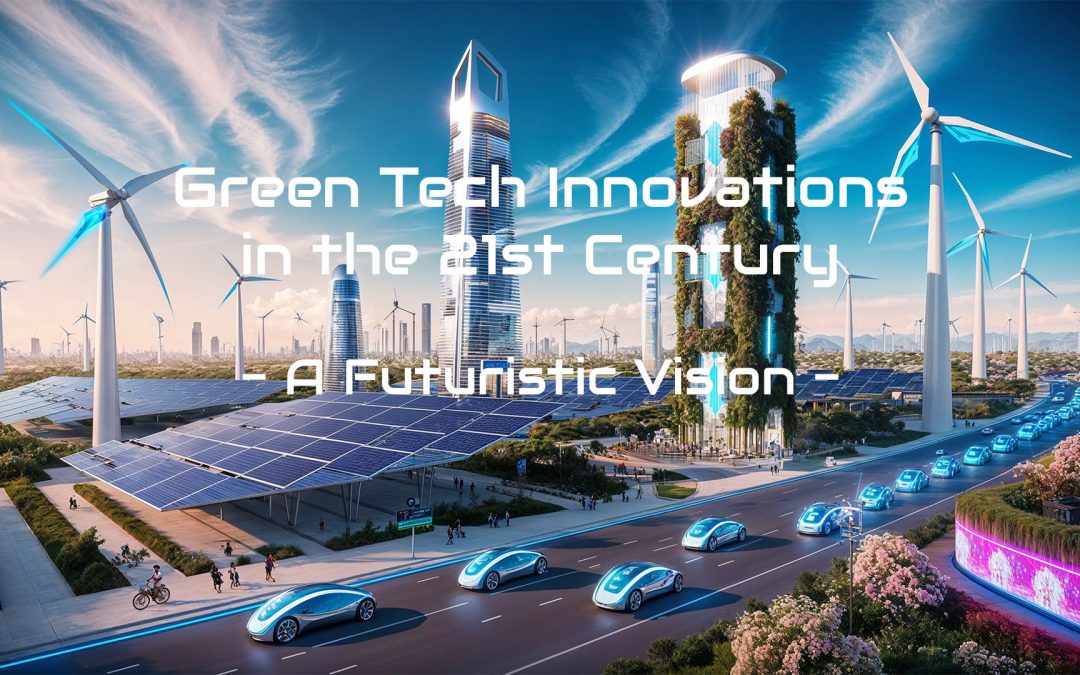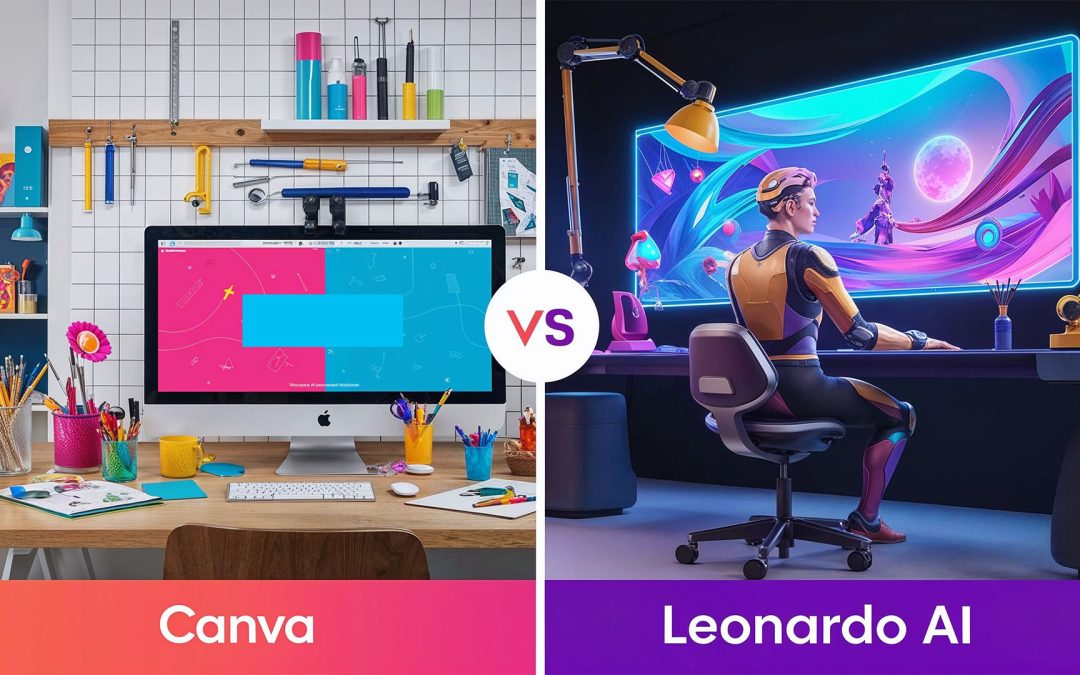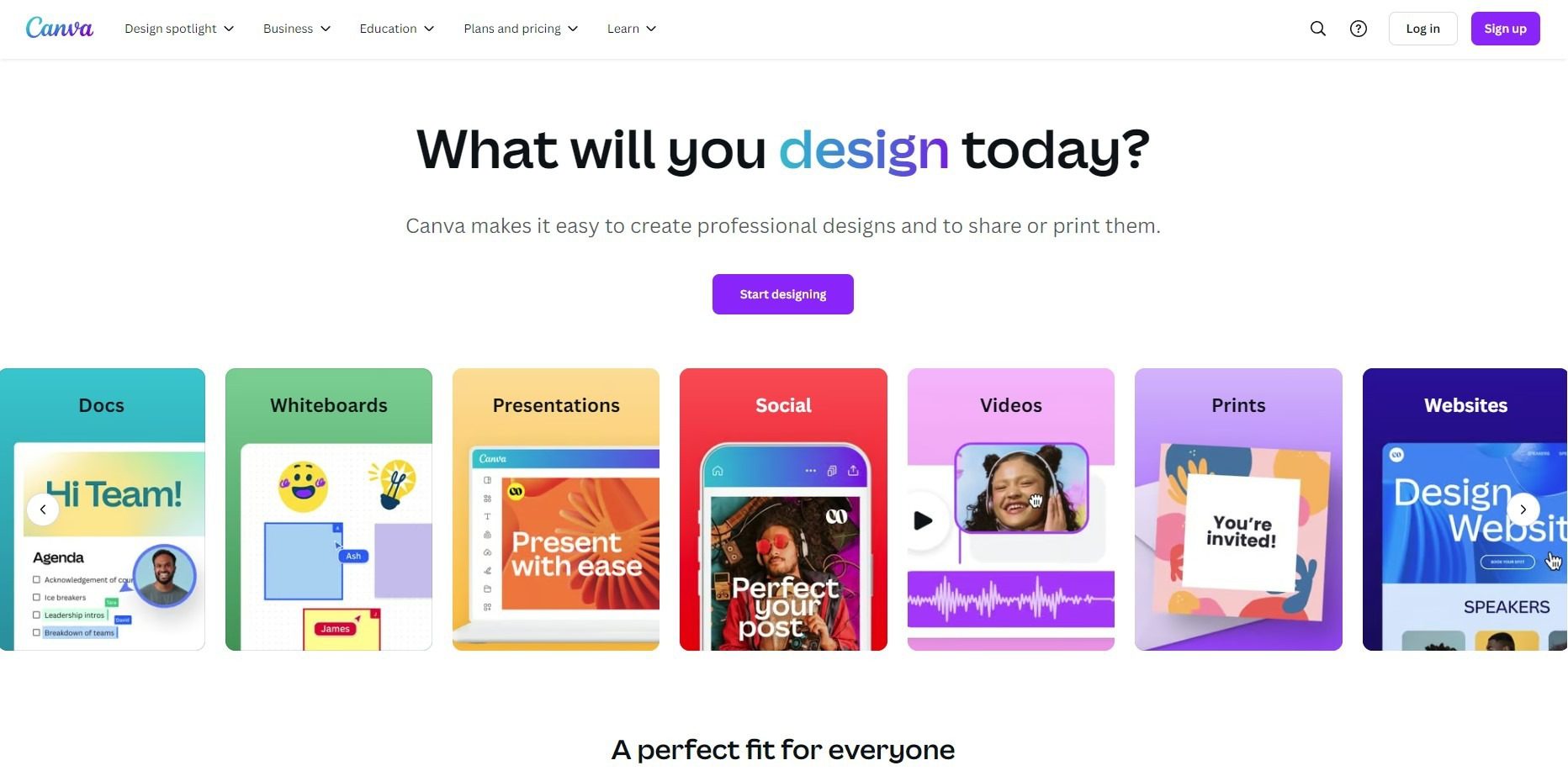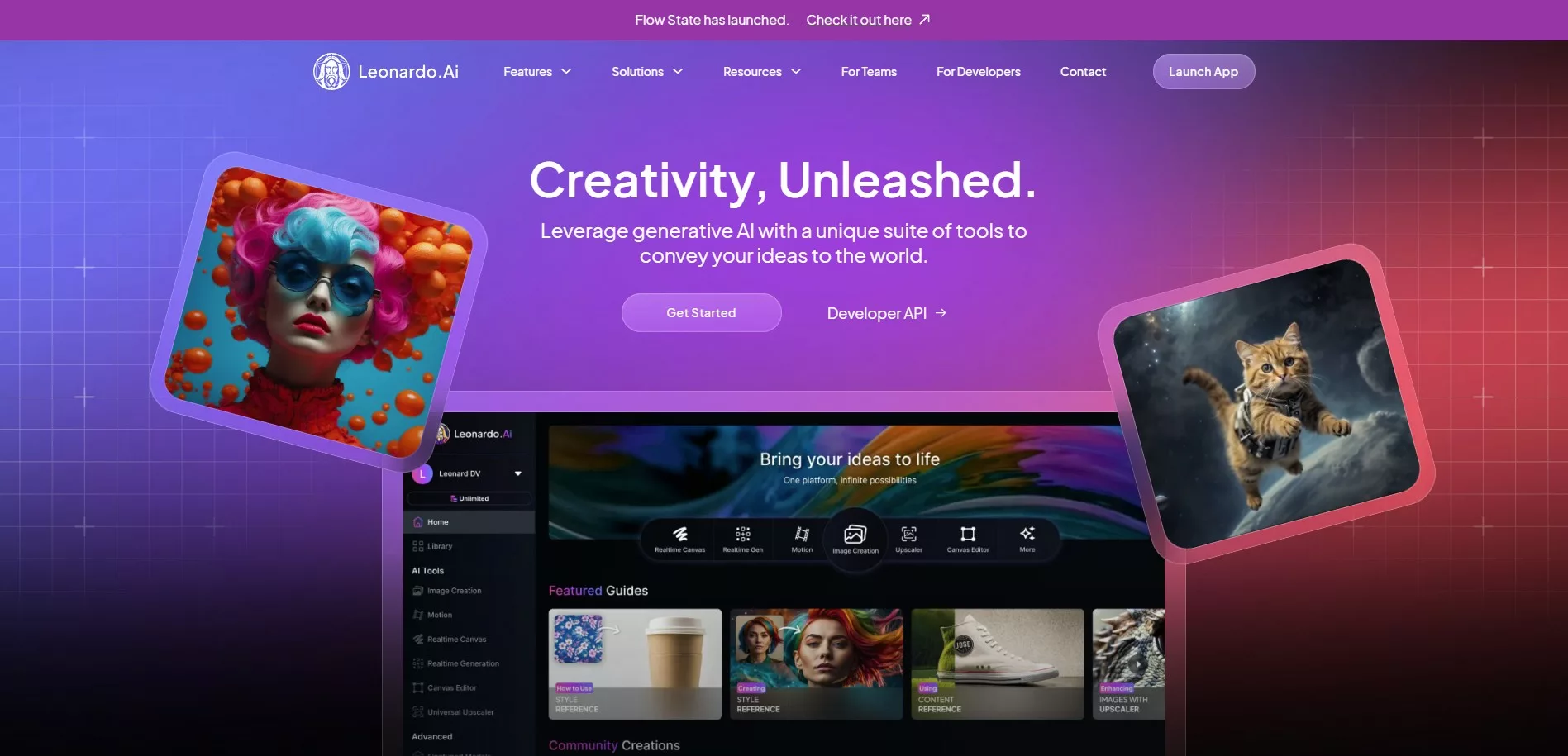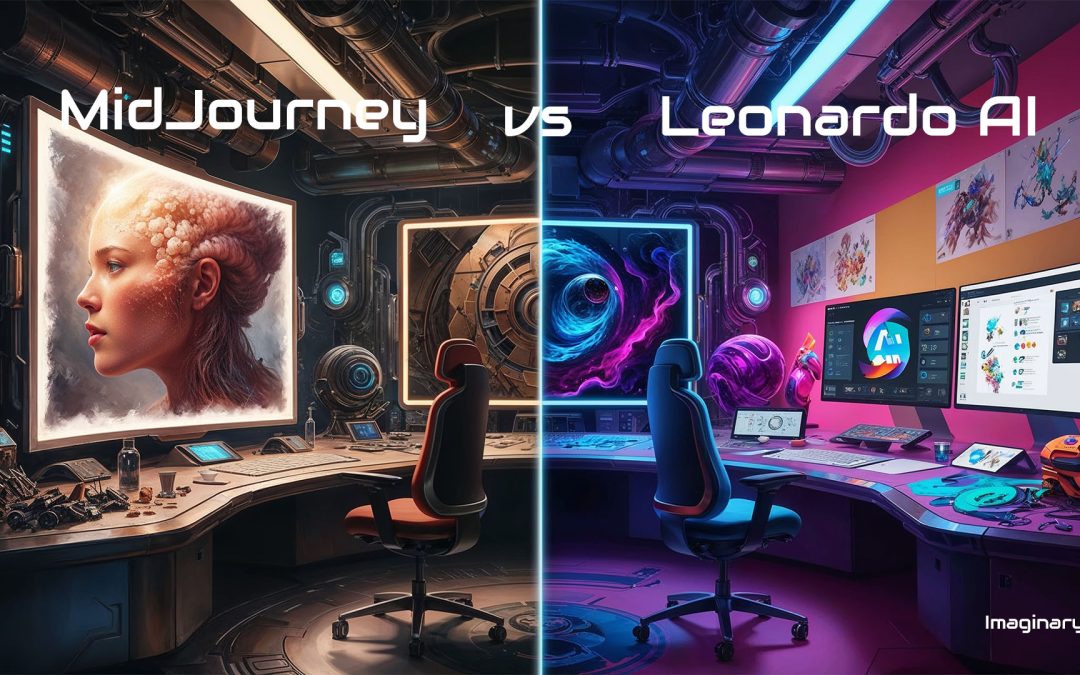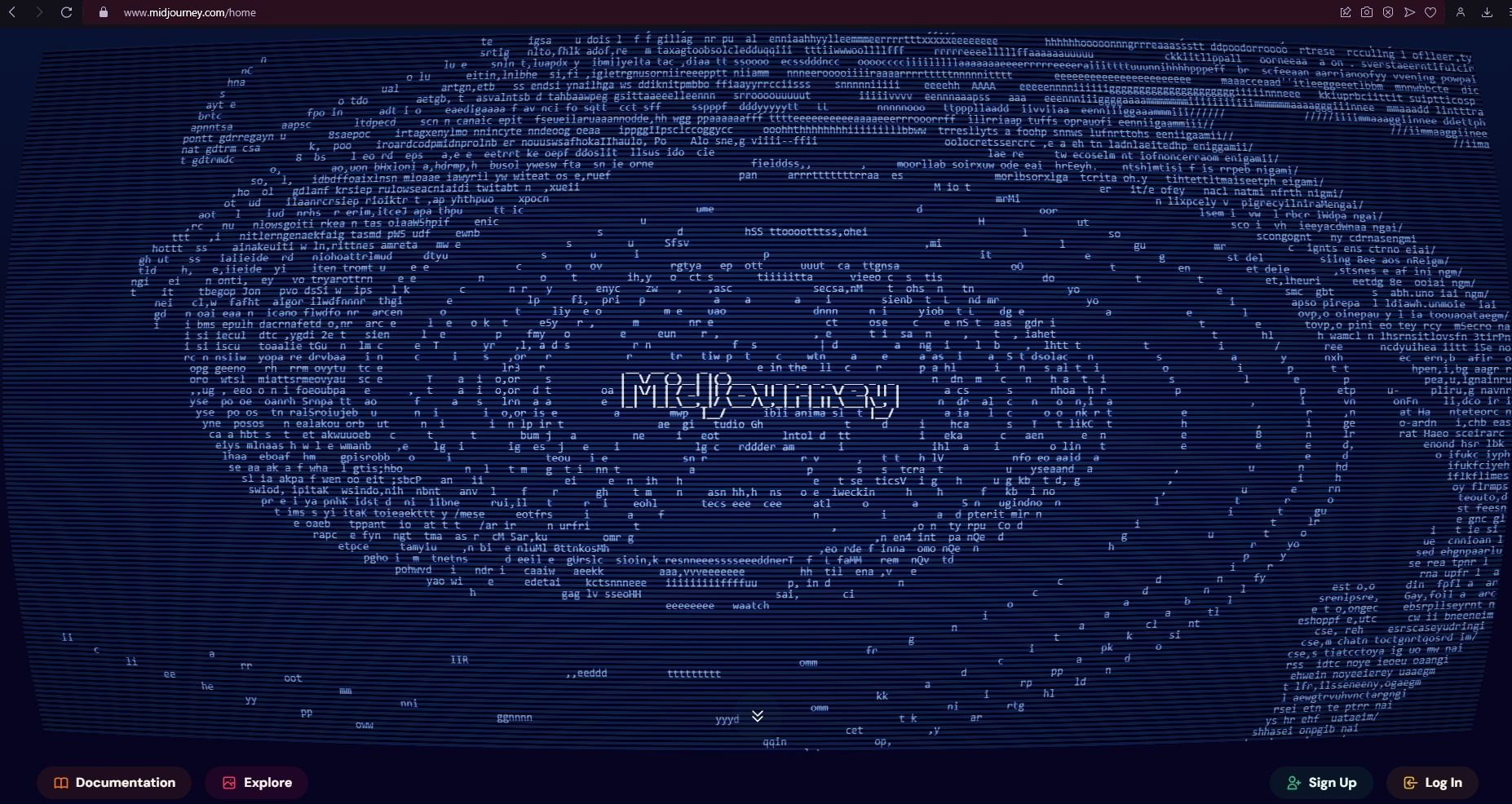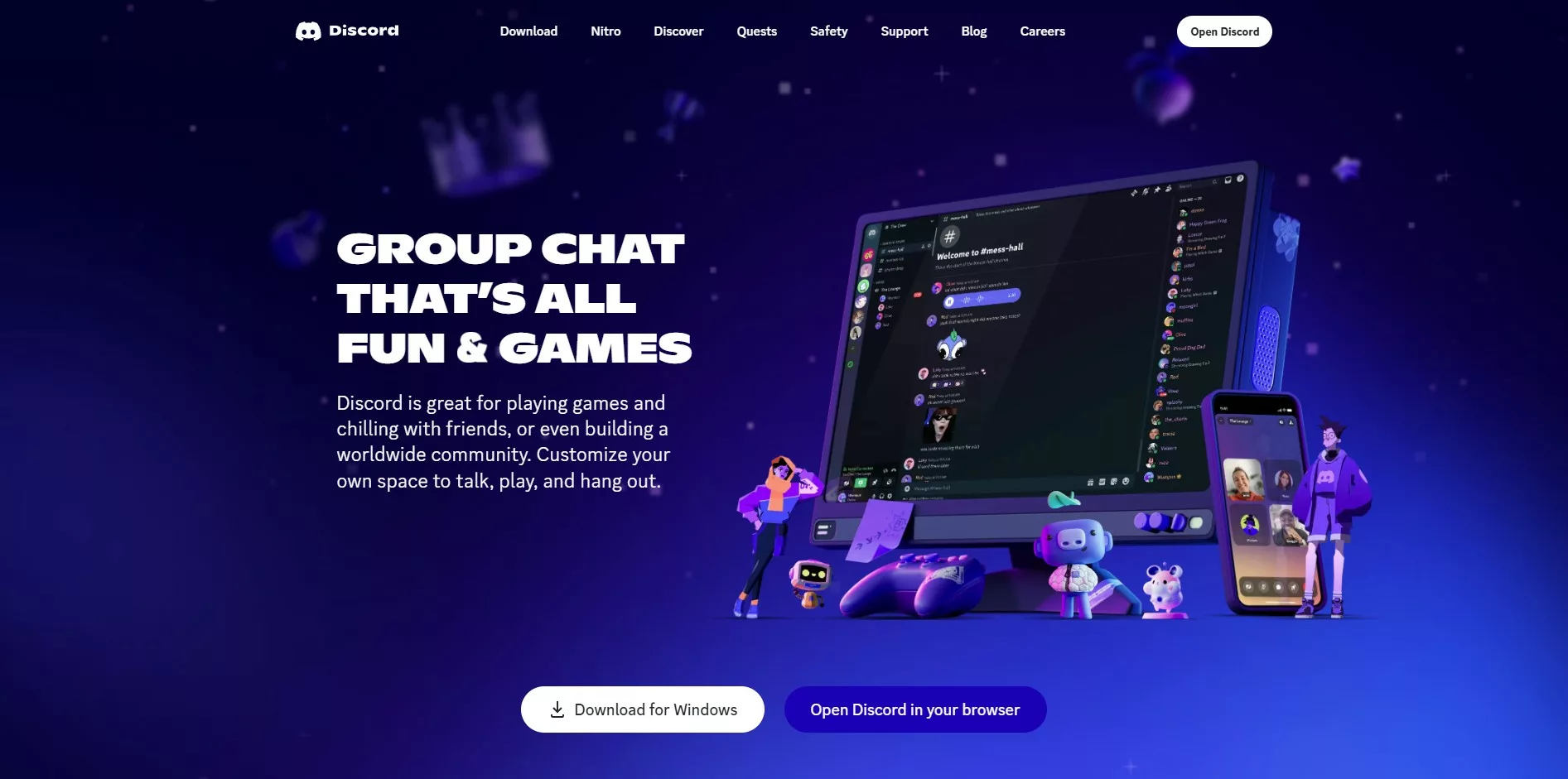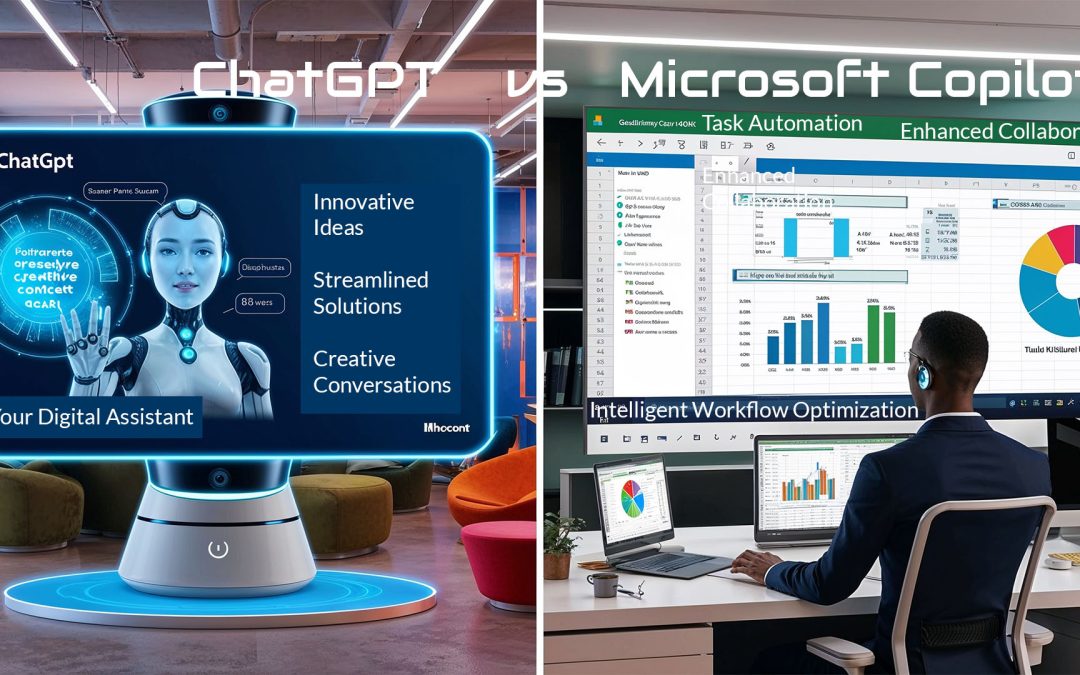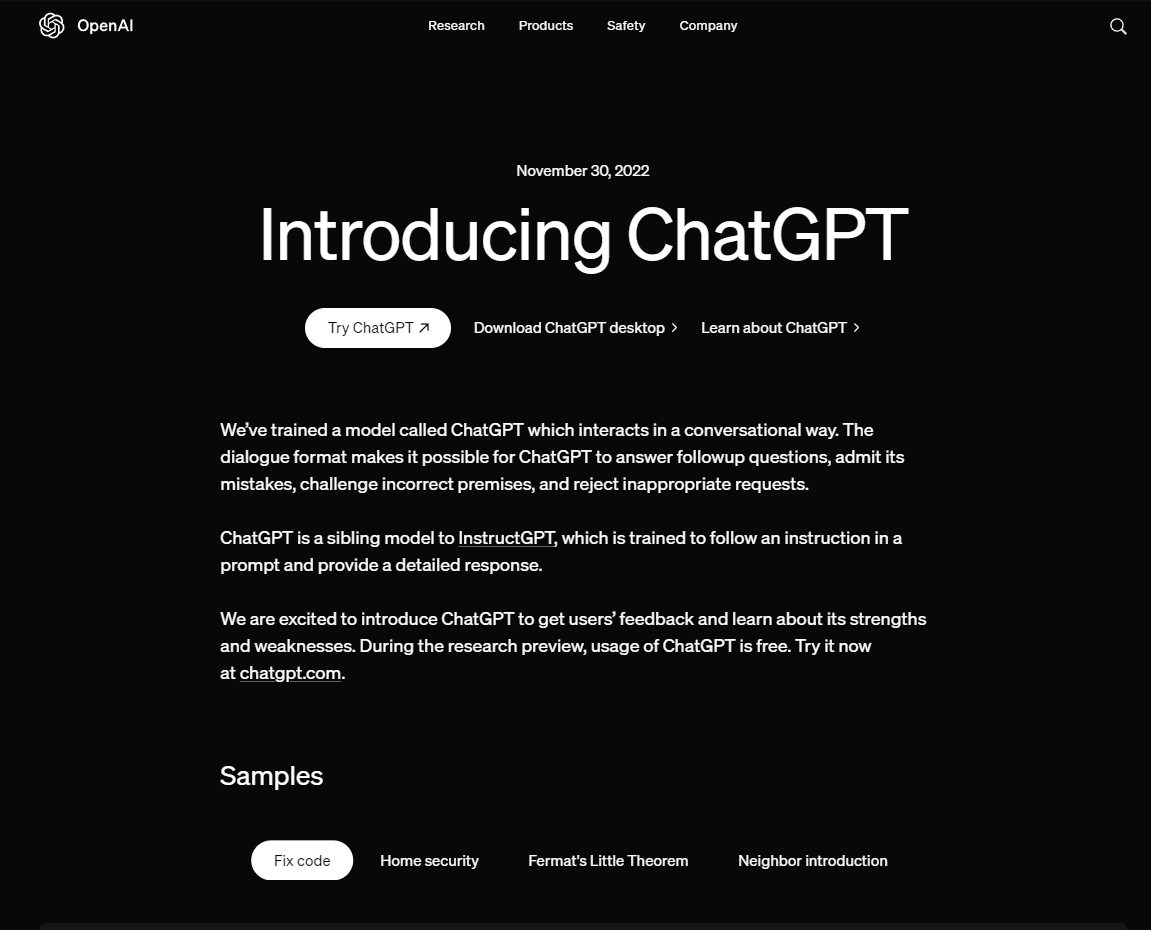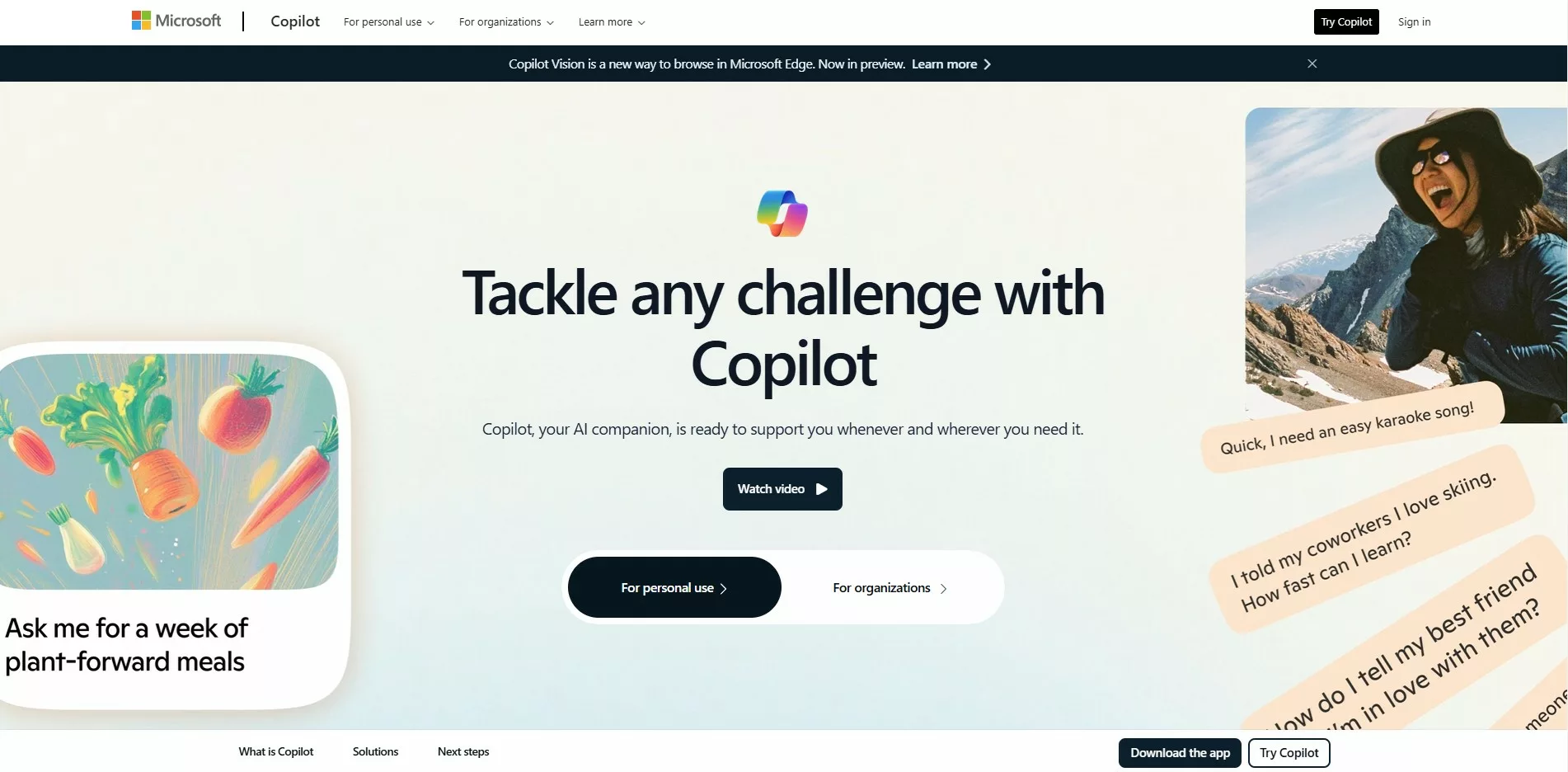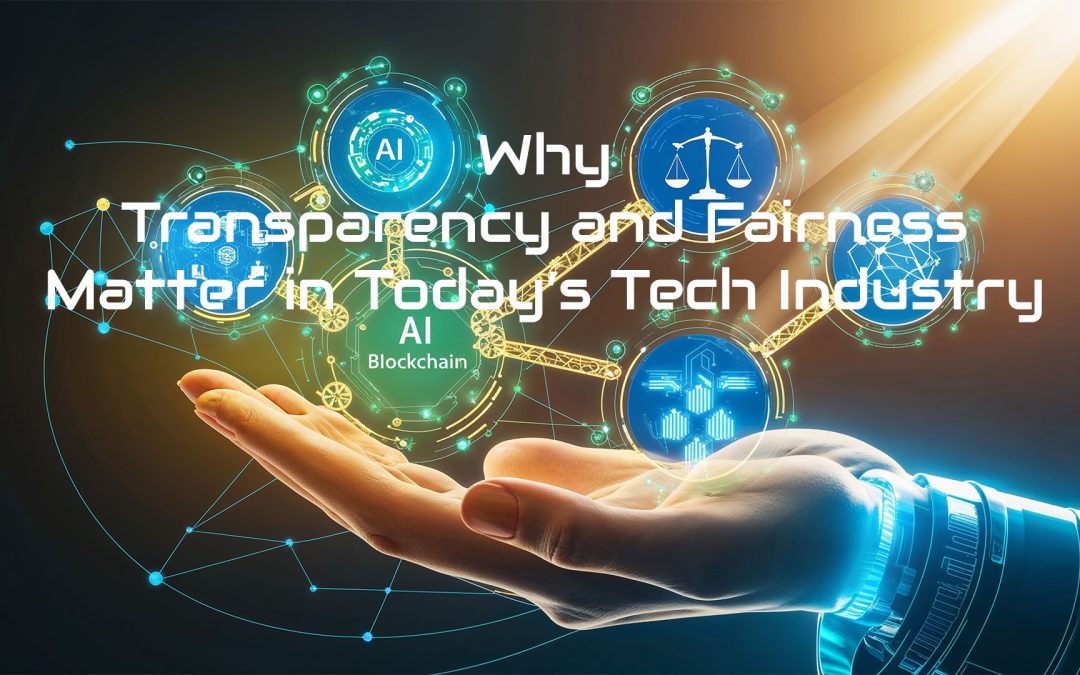
Why Transparency and Fairness Matter in Today’s Tech Industry
Introduction – The Crucial Role of Transparency and Fairness
Transparency and fairness are foundational principles in the digital age, where emerging technologies play an ever-increasing role in shaping society.
As artificial intelligence (AI), blockchain, and quantum computing evolve, these principles ensure ethical development, build trust, and promote inclusivity.
This article explores the significance of transparency and fairness in technological innovation and their profound impact on individuals, organizations, and global systems.
Defining Transparency and Fairness
Transparency refers to openness and clarity in processes, decisions, and data usage. It involves making information accessible to stakeholders and ensuring that decisions can be understood and scrutinized.
Fairness entails impartiality and justice, providing equal opportunities and outcomes for all individuals, regardless of their backgrounds.
Together, transparency and fairness act as safeguards against misuse and biases in technology, fostering a responsible ecosystem.
Transparency in Emerging Technologies
1. Artificial Intelligence
AI systems often operate as black boxes, making decisions that are difficult to interpret. Transparent AI development includes:
- Explainable AI (XAI): Systems that provide clear reasoning behind decisions. Read more about XAI in the Resources section.
- Open Data Policies: Sharing datasets for public scrutiny to eliminate biases.
- Algorithmic Accountability: Regular audits to ensure compliance with ethical guidelines.
2. Blockchain Technology
Blockchain’s decentralized nature is inherently transparent, but challenges remain:
- Smart Contracts: These require clear, understandable terms to avoid exploitation.
- Transaction Visibility: While transparency is essential, privacy concerns must be balanced.
3. Quantum Computing
As quantum computing advances, its implications for encryption and data security demand transparency:
- Open Research: Sharing quantum algorithms and findings fosters innovation and public trust.
- Security Protocols: Transparent encryption methods protect sensitive information.
Fairness in Technology Development
1. AI Bias Mitigation
AI systems can perpetuate societal biases if trained on unrepresentative datasets. Fair practices include:
- Diverse Training Data: Ensuring datasets represent all demographic groups.
- Bias Testing: Regularly evaluating algorithms for discriminatory patterns.
2. Accessibility
Technologies must be designed to accommodate all users, including those with disabilities. Features like voice commands, screen readers, and inclusive design standards promote fairness.
3. Ethical Standards
Developing global ethical standards ensures that emerging technologies prioritize fairness. Collaborative efforts between governments, organizations, and academia are crucial.
Benefits of Transparency and Fairness
- Building Trust: Transparent practices instill confidence in technology among users.
- Promoting Innovation: Open systems encourage collaborative advancements.
- Ensuring Inclusivity: Fair practices enable equal access and opportunities.
- Reducing Risks: Transparency mitigates misuse and ethical violations.
Challenges and Solutions – Role of Transparency and Fairness
Despite their importance, implementing transparency and fairness faces challenges:
- Complexity of Systems: Advanced technologies can be inherently opaque.
- Solution: Invest in research for interpretability tools.
- Data Privacy Concerns: Balancing transparency with privacy is delicate.
- Solution: Employ differential privacy techniques.
- Regulatory Gaps: Lack of uniform standards complicates global adoption.
- Solution: Establish international regulatory frameworks.
Frequently Asked Questions – Transparency and Fairness
Why are transparency and fairness important in emerging technologies?
Transparency and fairness build trust, ensure ethical use, and prevent biases in technological applications.
What is explainable AI (XAI)?
XAI refers to AI systems designed to provide clear, understandable explanations for their decisions.
How does blockchain ensure transparency?
Blockchain’s decentralized ledger records transactions publicly, ensuring data integrity and accountability.
Can quantum computing enhance transparency?
Yes, through open research and transparent encryption protocols, quantum computing can build trust in its applications.
What are the risks of ignoring fairness in AI?
Ignoring fairness can lead to biased outcomes, reduced trust, and potential legal and ethical violations.
How can developers reduce bias in AI?
By using diverse datasets, conducting bias testing, and implementing regular algorithm audits.
What is the role of governments in ensuring transparency?
Governments establish regulatory frameworks, enforce ethical standards, and promote open data policies.
Are transparent systems always secure?
Not necessarily; transparency must be balanced with robust security measures to protect sensitive information.
How do transparency and fairness impact innovation?
They foster a collaborative environment, driving innovation and public acceptance of new technologies.
What is the future of transparency and fairness in technology?
Emerging trends include stricter regulations, advanced interpretability tools, and greater emphasis on ethical AI development.
Conclusion and Summary – Crucial Role of Transparency and Fairness
Transparency and fairness are ethical imperatives and essential components of sustainable technological progress. In the realm of AI, blockchain, and quantum computing, these principles address biases, enhance trust, and ensure inclusivity. The road ahead involves overcoming system complexity and regulatory gaps through collaborative efforts and innovative solutions.
By embedding transparency and fairness into the DNA of emerging technologies, we pave the way for a future that benefits everyone equitably.
📚 Related Posts You May Be Interested In
- Ethics of AI in Surveillance and Privacy: 7 Key Concerns ⬈
- Ultimate Guide to Quantum Computing: How Problematic Is It in 2024 ⬈
- Create Sora-Style AI Videos with Bing: Full Mobile Guide ⬈
- ChatGPT vs Bing AI: Choosing the Right AI Assistant ⬈
This post is part of the Definitive Guide to Brilliant Emerging Technologies in the 21st Century ⬈, where you can find out more about the topic.
Thanks for reading.
Resources – The Crucial Role of Transparency and Fairness in Emerging Technologies
- Explainable AI (XAI) – Wikipedia: Explainable artificial intelligence ⬈
- IBM Quantum Computing: Quantum Computing Research by IBM ⬈
ℹ️ Note: Due to the ongoing development of applications and websites, the actual appearance of the websites shown may differ from the images displayed here.
The cover image was created using Leonardo AI ⬈.

